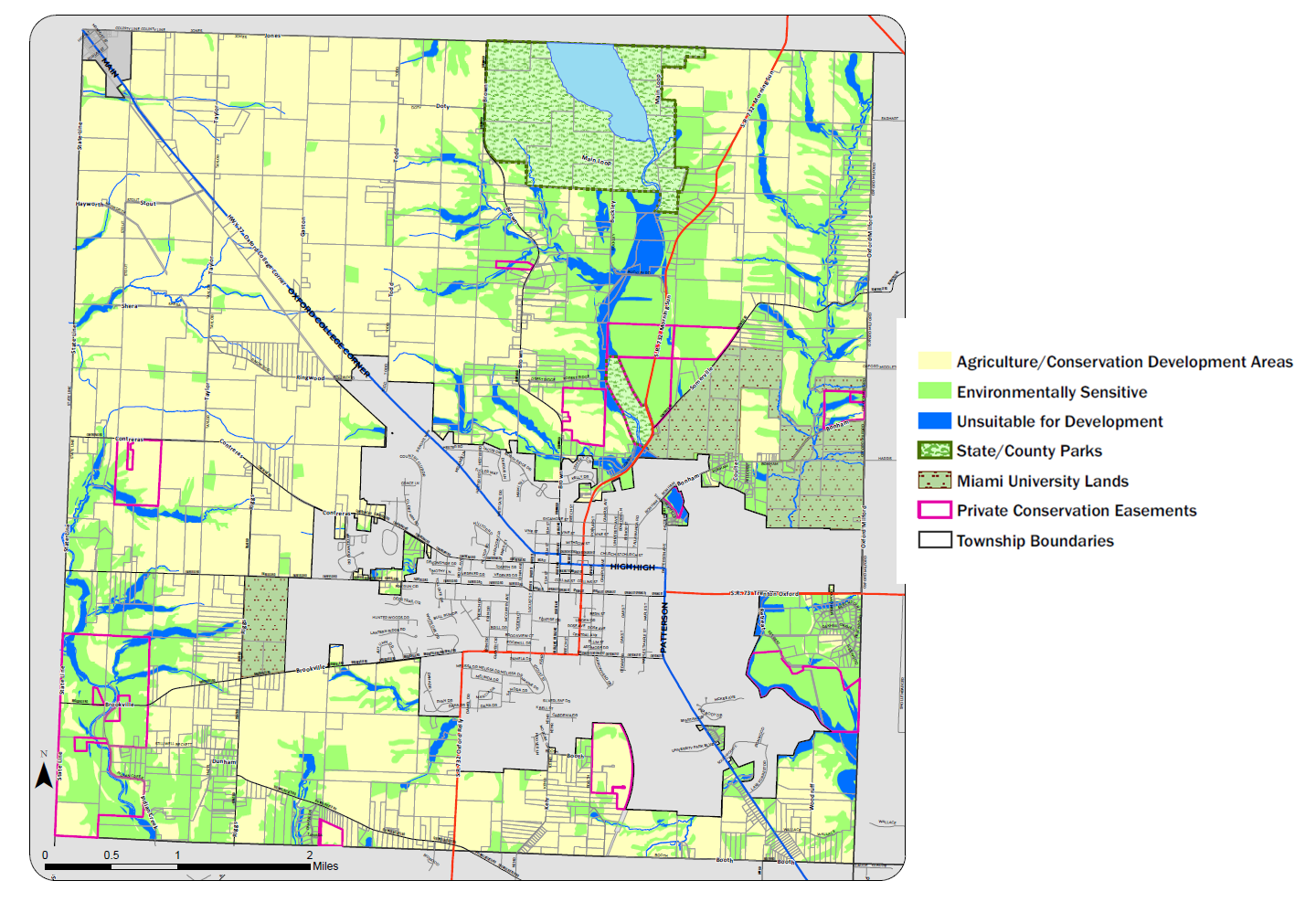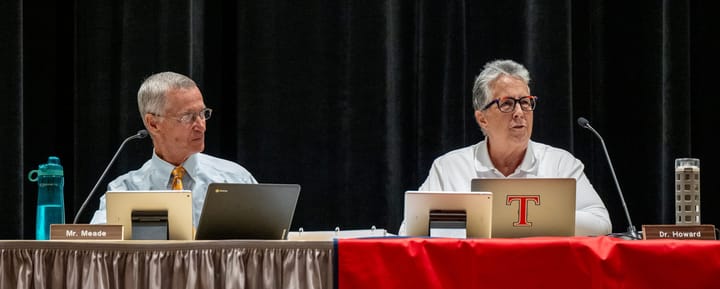Oxford Township land use plan moves forward in the revision process
The Oxford Township Trustees held a special meeting for the final round of revisions to the township's updated Comprehensive Land Use Plan ahead of voting for adoption next month.

After multiple meetings and public feedback, Oxford Township has revised its newest Comprehensive Land Use Plan and is set to adopt it at the Township Trustees’ March 10 meeting.
During a special Board of Trustees Meeting at Talawanda Middle School Feb. 5, the trustees voted unanimously to revise a land use plan drafted over the past year. Roughly 15 people attended the meeting.
The plan is a continuation of a land use plan from 2015 and functions as a guiding document to balance preservation and development on land within the township. The plan includes a series of recommendations for Oxford Township but doesn’t mandate action.
At the start of the meeting, board President Gary Salmon stressed that the plan would not change any existing laws and was not a zoning document. The plan covers all land in the unincorporated township.
As adopted, the land use plan touches on eight focus areas: rural character, conservation development, utilities for conservation development, population diversity, rural economy, transportation network, local cooperation and implementation and fulfillment. The township places “a high priority” on preserving rural character, according to the plan.
Under conservation development, the plan calls for developing sites in a way that preserves as much permanent open space as possible. Residents at a previous meeting discussing the plan expressed concerns that the conservation development model, which allows for developers to “cluster” buildings closer than standard zoning might allow.
Multiple people spoke in support of the plan during the meeting, including Sam Perry, Community Development Director for the City of Oxford.
“I think that the idea of preserving green space to the [highest] extent possible is incremental growth the city,” Perry said.
After public comment, the board thoroughly went over the plan, rewriting and rearranging points to increase readability and comprehensibility. This process took about an hour.
At the end of the revision, the trustees confirmed that the changes they made do not affect the overall goals of the plan or what it sets out to do.



